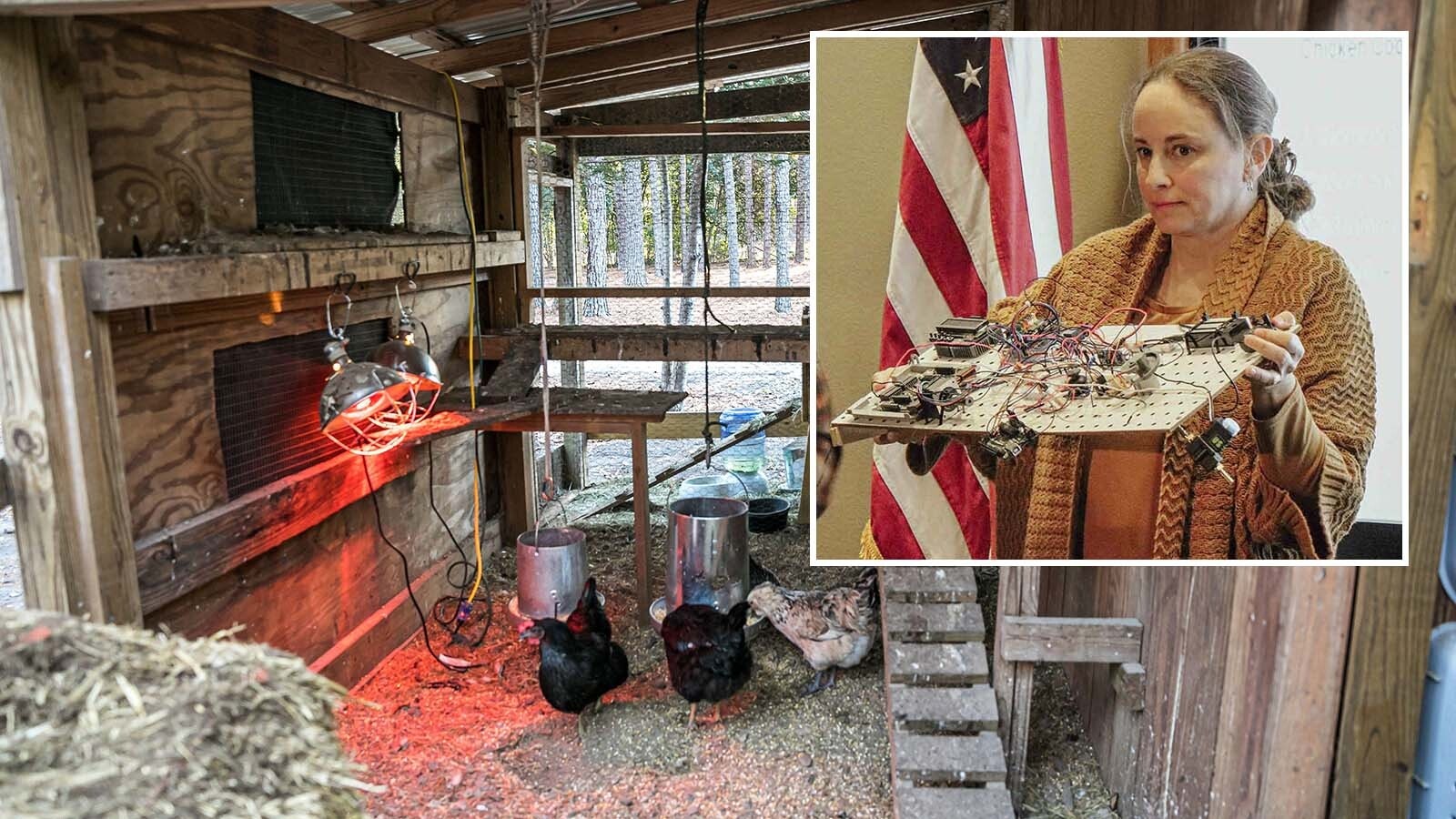The CK Gold Project, which is a gold and copper mine planned west of Cheyenne, has received its industrial siting permit from the Wyoming Department of Environmental Quality.
This brings it a step closer to construction, but it still has a ways to go.
Dr. David Hammond, principal mineral economist for the Hammond International Group, expressed some skepticism about the project earlier this month.
As is often the case in Wyoming, announcements of a proposed mine bring a lot of hype, then fizzle out over time.
Hammond told Cowboy State Daily that the mine is too small to be very attractive to most investors, has some technical challenges and could still face public opposition.
“I beg to differ with Mr. Hammond,” said George Bee, president and CEO of U.S. Gold Corp., the company behind the CK Gold Project.
A Little Closer
The industrial siting permit is not the final step in the permitting process, but it gets U.S. Gold Corp. a little closer to securing all the permits they need to begin construction.
The industrial siting permit process is designed to assess the ability of impacted counties and municipalities to handle all the impacts of a large industrial project.
This includes roads, noise, emergency services and water use, among others. Cheyenne and Laramie County petitioned the Industrial Siting Council for relief, meaning they will get money to handle those impacts, should the mine become operational.
Securing the permits is key to securing the investment in the project.
Bee told Cowboy State Daily that mining has always been a risky business. There are a lot of questions: Is the mineral there? Will prices Hold?
He said, however, that there is a cadre of investors who like the big returns that come when such projects pay off.
Securing all the permits will remove some of the uncertainty and increase its attractiveness for investors, he said.

The Next Step
The next step is to secure the operating permit and submit the mine closure plan through the Land Quality Division of the DEQ.
In September, the company submitted its mine operating permit application in September, as it was pursuing the Industrial Siting Permit.
There’s a completeness review, which is a determination if the company has addressed all the items such a project needs to address, and described the mine and its impacts.
The company is now into the technical review phase, where the DEQ gives comments and questions on various aspects of the company’s application.
Bee said that since there hasn’t been a gold and copper mine permitted in Wyoming in decades, the DEQ brought in experts to augment the knowledge of the DEQ experts.
“We got a pretty comprehensive set of comments,” Bee said.
The company is addressing those comments, and then it will get another review from DEQ. Then it will go through more rounds of comment and response.
Once the DEQ determines the application is technically adequate, it’s put into the public domain, and the public has 45 days to comment on it.
U.S. Gold Corp. is still expecting to have the permit in hand sometime next year.
Economically Viable
Bee also disputed Hammond’s points about the technical challenges of extracting minerals from the geology of the area, which Hammond said could make it uneconomical.
The area has a history of mining, and it never became a gold and copper hotspot.
Bee said that there are areas where the concentration of gold and copper in the ore is quite high, but those spots are not continuous. For the old-timers working mainly by hand and with steam-powered equipment, it wasn’t economical.
“We’ve got big earthmoving equipment, and we can move lots of tonnage for a fairly low cost,” Bee said.
He said the pre-feasibility study the company did shows it’s an attractive opportunity. This is especially true when looking at the global markets. Here in the U.S., demand for copper is growing rapidly with the growth of electric vehicles and renewable energy, which require large amounts of copper, and the instability of source countries like Chile make domestic supplies of these minerals advantageous.
“It’s not a huge deposit,” Bee said, “but it certainly helps at a time when we’ve just been through all sorts of supply chain issues and uncertainties.”
Public Opposition
The other possible problem is public opposition. So far, there hasn’t been any.
Jason Begger, government affairs and community relations with U.S. Gold Corp., told Cowboy State Daily members of the company’s board have made a large investment in public outreach. This includes many face-to-face meetings with landowners in the area of the mine.
“You have that opportunity to talk to people and really address their concerns,” Begger said.
Among those concerns are dangerous chemicals such as cyanide, and the impacts of tailings.
The processing at the site is mainly water, which produces a concentrate that will be shipped off site for smelting.
Bee said the company will be recycling as much of the water they use as possible, and will leave behind dry tailings without any “nasty chemicals.”
The process uses no cyanide, no arsenic and no mercury, Bee said.
The reclamation process will also return the area to how it looks today, with native grasses.





